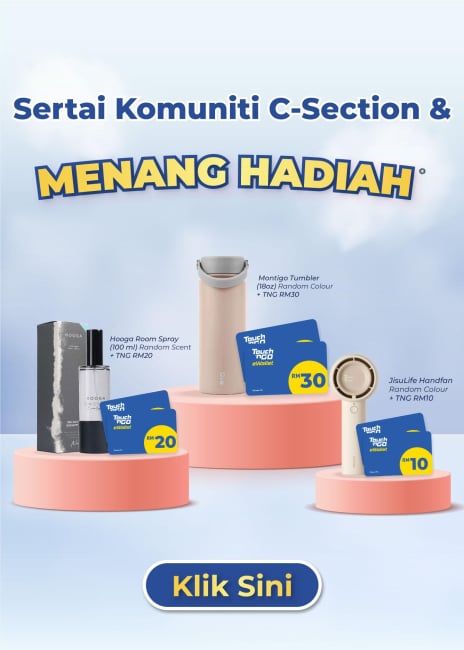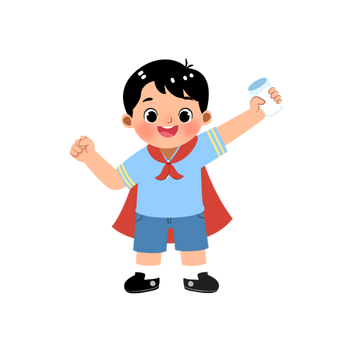The floods that hit several states last year were a wake-up call to the authorities to re-assess their preparedness to cope with floods. To keep your family safe, you need to stay prepared.

Preparing for the unknown does take some time, but it’s hard to argue the price of peace of mind during troubled times. Disasters can strike home at any time. It’s depressing to think about, but the thought of disaster happening at any time may actually benefit those wise enough to prepare for calamity. Just a few steps can make your life easier in an emergency.
Making a disaster plan
Look at your area. Do you live in a hurricane area? Do you live in a flood zone? Do you live in an area where earthquakes happen? Learn about what you would do in those different disasters.
Find out the emergency evacuation routes, and discuss them with your family. Determine the best ways to leave your home and the best ways to escape disaster in your neighborhood or town.
If you cannot meet loved ones inside your home, determine a meeting place in the neighborhood (such as by the neighbor’s tree). If that’s not possible, plan another meeting place in the area (such as the local coffee shop or the library). If that’s still not possible, look at evacuation plans outside of the neighborhood or community.
It’s not a bad idea to have a Plan A, a Plan B, and a Plan C. Whatever your plans are, make sure everyone in the family knows about it and knows what to do in different scenarios.
Emergency phone contact
Circumstances may prevent meeting, so it’s a good idea to have an out-of-town emergency contact. During disasters, it may be easier to call long distance, since cell phone lines and local telephone networks may be down or overwhelmed.
Emergency plans for children, the elderly, and the disabled may require more attention to detail. For example, parents may have to tell their kids to obey the school’s evacuation orders while they are on campus, instead of following the family’s home plan.
Assemble an emergency kit
There’s no telling what could happen in a disaster, but essential utilities such as running water, electricity, and phone lines could become unavailable. Services or aid might not arrive for days. You might have to flee your home. Or you might not be able to get to your house. In such cases, it will help to have a few things handy.
At home, the Red Cross suggests stocking up on six basics:
- Water. Have 1 gallon per person per day. For each individual per day, designate at least two quarts of the water for drinking, and the other two quarts for food preparation and sanitation.
- Food. Choose items that are compact, lightweight, nonperishable, and require no refrigeration, preparation, or cooking. Suggestions include ready-to-eat canned meats, fruits, and vegetables; canned juices; staples (salt, sugar, pepper, spices); high-energy foods; vitamins; food for infants; and comfort/stress foods. Make sure to store food that you normally like to eat. Familiar foods can lift spirits in tough times. If you must heat up food, store a can of Sterno.
- First aid kit. Make sure there is a kit at home and for each car. It’s a good idea to have nonprescription drugs for pain, diarrhea, upset stomach, vomiting, and constipation.
- Clothing and bedding. Have at least one complete change of clothing and footwear per person, including sturdy work shoes or boots, and rain gear. Don’t forget seasonal items such as hats, gloves, thermal underwear, jackets, coats, and sunglasses. Also have blankets or sleeping bags for snoozing.
- Tools and emergency supplies. Stock up on kitchen necessities such as can openers, utility knives, and disposable cups, plates, and utensils. Don’t forget sanitation musts such as toilet paper, towelettes, soap, liquid detergent, feminine products, and other personal hygiene items. Have an emergency preparedness manual handy. Include a battery-operated radio and flashlight in your kit. Make sure there are extra batteries for both items. Stash some cash or traveler’s checks. Have coins handy. Other recommended materials include matches in a waterproof container, a compass, pliers, aluminum foil, plastic storage containers, a signal flare, paper, pencil, needles, thread, medicine dropper, a shut-off wrench, a whistle, duct tape, plastic sheeting, and a map of the area to locate shelters.
- Special items for medical conditions. For babies, this may mean formula, diapers, bottles, powdered milk, or medications. Adults need to remember needed insulin or medications, denture products, contact lenses, and extra eyeglasses.
Make sure you store your kits in airtight, easy-to-carry containers, and in places that are accessible and that will not likely be affected by disasters. To keep the items in the kits in good condition, store them in cool, dry places that are not exposed to varied conditions. Also, update your kit every six months.
Flood recovery tips
In Malaysia, floods are the most common disaster to strike our nation. After a flood, it can take sometimes for you to go back to your daily life.
- Return home only when officials have declared the area safe.
- Before entering your home, look outside for loose power lines, damaged gas lines, foundation cracks or other damage.
- Parts of your home may be collapsed or damaged. Approach entrances carefully. See if porch roofs and overhangs have all their supports.
- Watch out for wild animals, especially poisonous snakes that may have come into your home with the floodwater.
- If you smell natural or propane gas or hear a hissing noise, leave immediately and call the fire department.
- If power lines are down outside your home, do not step in puddles or standing water.
- Keep children and pets away from hazardous sites and floodwater.
- Materials such as cleaning products, paint, batteries, contaminated fuel and damaged fuel containers are hazardous. Check with local authorities for assistance with disposal to avoid risk.
- During cleanup, wear protective clothing, including rubber gloves and rubber boots.
- Make sure your food and water are safe. Discard items that have come in contact with floodwater, including canned goods, water bottles, plastic utensils and baby bottle nipples. When in doubt, throw it out!
- Contact your local or state public health department to see if your water supply might be contaminated. You may need to boil or treat it before use. Do not use water that could be contaminated to wash dishes, brush teeth, prepare food, wash hands, make ice or make baby formula!
[embed-health-tool-bmi]



















